Latest article
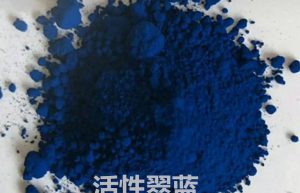
Performance introduction and dyeing mechanism of reactive dyes
Reactive dyes are a new type of dyes. This type of dye molecule contains active groups that can react with fibers, and it can form covalent bonds with fibers during dyeing to form a “dye-fiber&#…
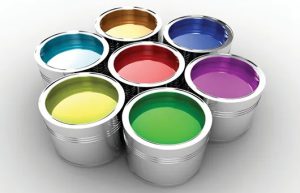
Introduction to the structure and classification of reactive dyes
Reactive dyes are mainly composed of two parts, the active group and the dye matrix, and the connection between the two parts can be connected directly or through a bridge. The molecular structure of …
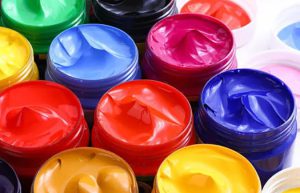
Classification and application introduction of disperse dyes
There are many types of molecular structures of disperse dyes, but azo and anthraquinone are the main ones. The former accounts for about 60%, and the latter accounts for about 25%. The rest are Benzi…
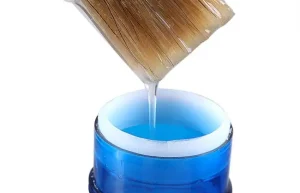
Adhesive characteristics introduction and composition analysis
Adhesive is a substance that can tightly bond various materials together. Adhesive is also called adhesive, adhesive and adhesive, referred to as glue . Adhesives and bonding technology are produced a…
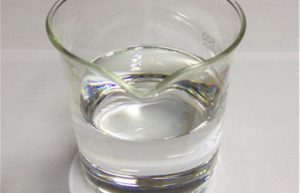
How much do you know about coupling agents? Selection principle of coupling agent
Coupling agent is a kind of substance with amphoteric structure. Some groups in their molecules can react with chemical groups on the inorganic surface to form chemical bonds; Part of the group has th…

In the cold winter of the economy, what do fine chemical companies rely on for keeping warm?
Currently, the development of circular economy in the chemical industry has gradually become a global consensus. Against the background of increasingly severe environmental protection situation, the p…
Effect of Adhesion Promoters – Mechanism of Action of Adhesion Promoters on Extended Material Surfaces
In recent years, adhesion promoters have been widely used and valued in various industries. Whether in the fields of automobile manufacturing, building construction or chemical industry, adhesion prom…





